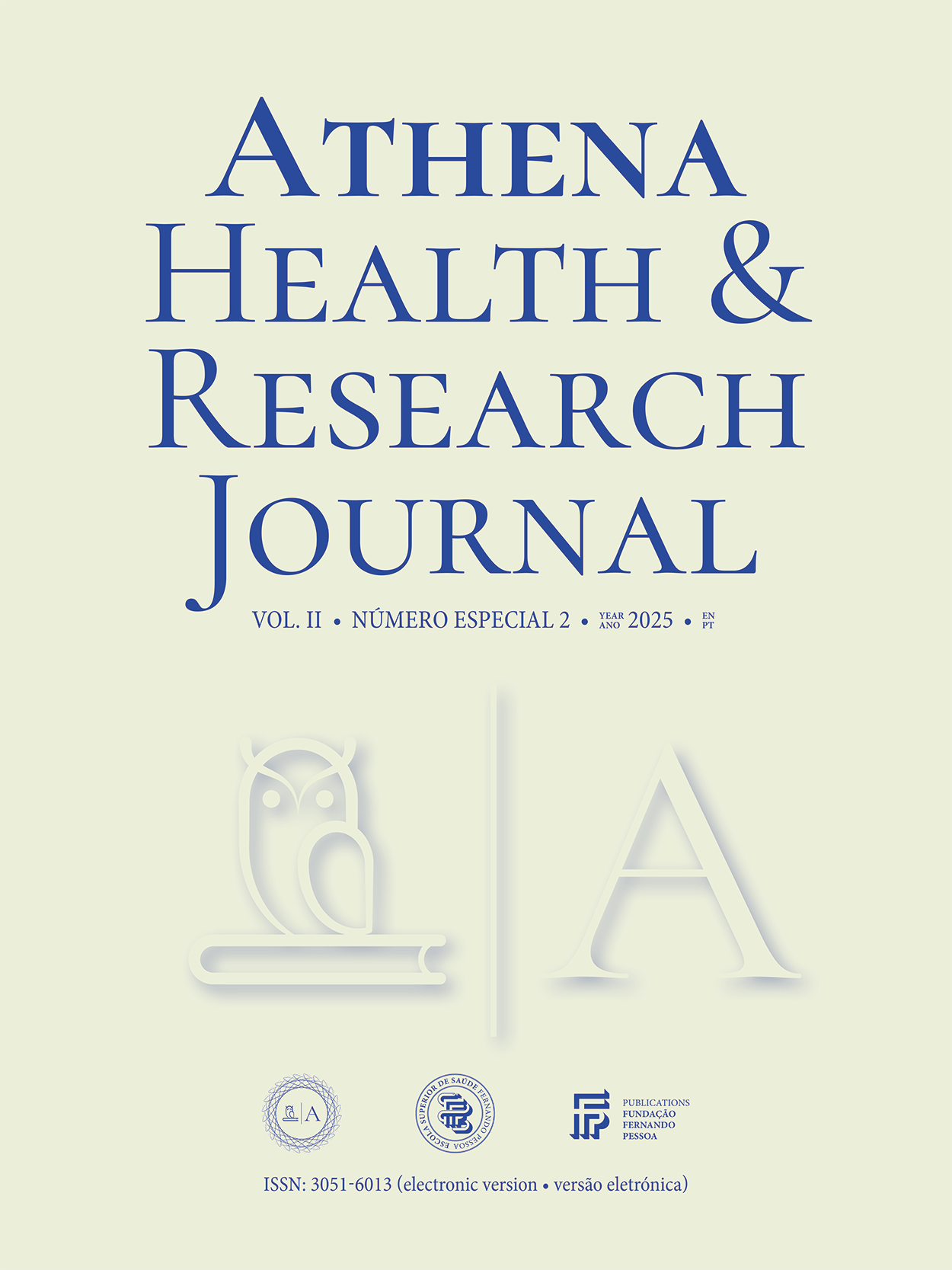Orofacial harmonization and longevity: a new cephalometric approach for jowl measurement – an observational study
DOI:
https://doi.org/10.62741/ahrj.v2iSuppl.%202.110Keywords:
orofacial harmonization, lower facial third, facial analysis, cephalometry, ageingAbstract
Introduction: Aging is a process that affects the entire facial structure. With advancing age, an accumulation of tissue appears along the mandibular line, known as jowls (the “bulldog” appearance), resulting from volume loss, skin laxity, and the downward displacement of fat compartments toward the lower third of the face. These changes compromise jawline definition, giving the face a squared appearance. Measuring this phenomenon may assist in planning treatments in orofacial harmonization.
Objective: To present preliminary results of a research study analyzing soft profile points from facial photographs to identify and measure the degree of jowl ptosis associated with aging.
Methodology: A cross-sectional and prospective observational study, approved by the Ethics Committee of Fernando Pessoa University (FCS/MED 401/23-2). Twenty-five women participated, divided into five age groups (18–24, 25–34, 35–44, 45–54, and over 55 years), between April and May 2023, in Figueiró, Santiago, Portugal. Inclusion criteria: age over 18 years, anamnesis, and informed consent. Exclusion criteria: previous aesthetic treatments, deformities in the study area, or conditions that could compromise results. Frontal and profile photographs were obtained for manual marking of cephalometric points. A new landmark, the Jowl point (Jw), was determined by palpation of the anterior portion of the masseter and the position of the mandibular ligament. The lowest point between these two structures was defined as Jw. Based on the cutaneous cephalometric points gonion (Go’) and menton (Me’), a new angle (Go’-Jw-Me’) was proposed to measure jowl ptosis. Statistical analysis was performed in Excel, considering mean, standard deviation, minimum, and maximum values.
Results: A classification of ptosis was developed, using the values from the youngest group as reference (normal: 180°–170°, with no unaesthetic signs). Additional categories were defined: mild (169°–160°), moderate (159°–150°), and severe (<150°). The smaller the angle, the greater the ptosis. Among participants, 35% were classified as normal; 24% as mild; 28% as moderate; and 16% as severe. Groups over 35 years showed a greater distribution of ptosis, with a trend of angle reduction across age ranges.
Discussion: The results suggest that the Go’-Jw-Me’ angle has potential as an objective parameter to assess the severity of jowl ptosis related to aging, although studies with larger samples are needed for validation.
Conclusions: Despite study and sample limitations, it can be concluded that: (i) there is a relationship between aging and jowl severity; (ii) the new angle (Go’-Jw-Me’) may support diagnosis, planning, and treatment of the lower third of the face; (iii) facial analysis is essential in orofacial harmonization. Future studies should include a larger sample to validate the classification and refine reference values.
References
NA
Downloads
Published
Issue
Section
License
Copyright (c) 2025 Athena Health & Research Journal

This work is licensed under a Creative Commons Attribution-NonCommercial 4.0 International License.
Copyright of published papers is assigned to the Journal, but all content is licensed under the terms of Creative Commons Non-comercial 4.0 International License. Thus users are allowed to read, download, copy, distribute, print, search, or link to the full texts of the articles, or use them for any other lawful purpose, without asking prior permission from the publisher or the author. This is in accordance with the BOAI definition of open access.














